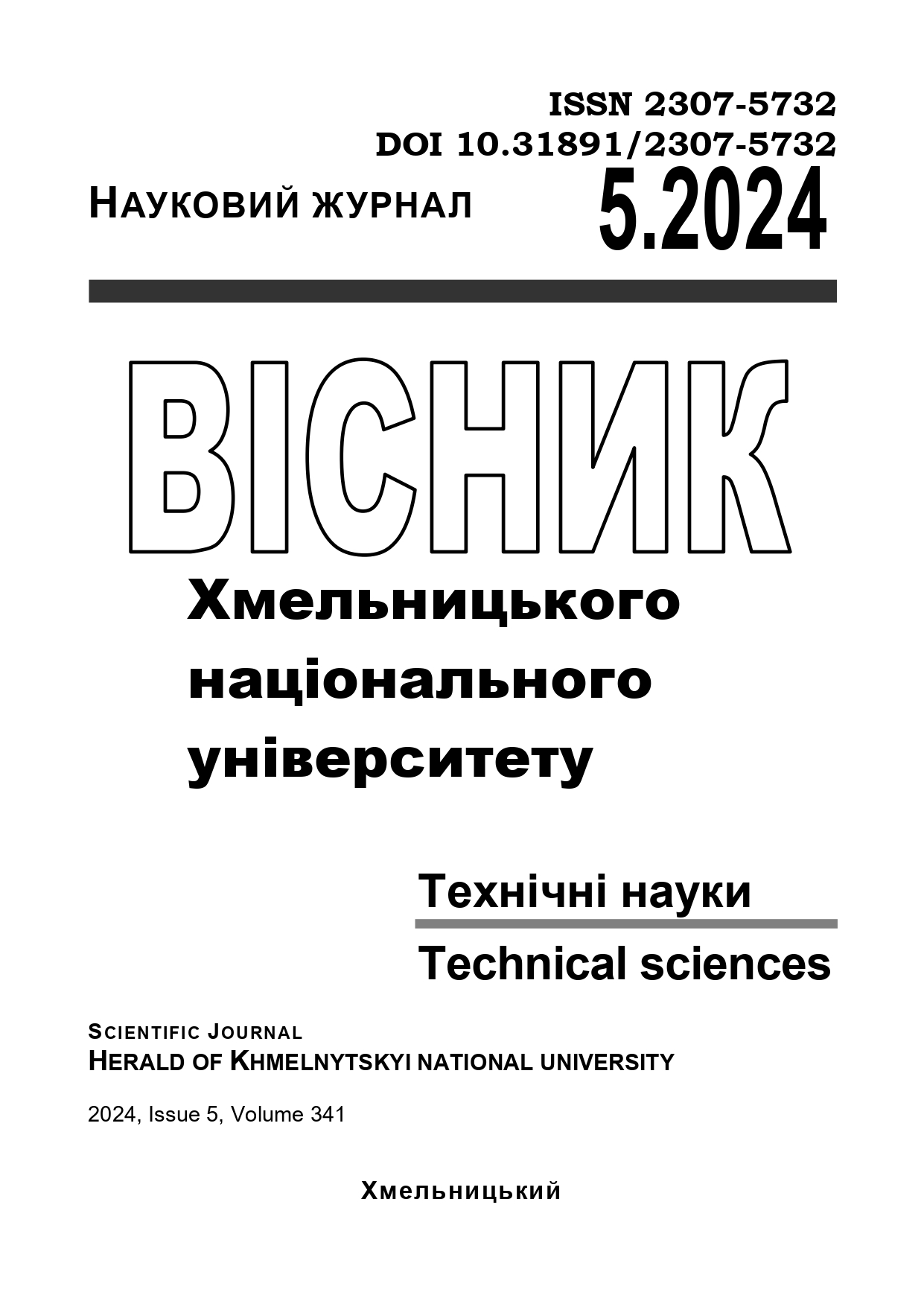ASSESSMENT OF THE MECHANICAL PROPERTIES OF THE RECONDITIONED PARTS AND THEIR DURABILITY
DOI:
https://doi.org/10.31891/2307-5732-2024-341-5-5Keywords:
parts recovery, technological methods, printing equipment, service life extension, repairAbstract
In the fast-paced world of printing technology, the durability and reliability of critical components are paramount to maintaining productivity and reducing downtime. This article delves into the field of extending the life of these vital elements using innovative technological methods.
The article opens with a recognition of the challenges faced by the printing industry in the face of continuous technological developments and environmental concerns. The need for sustainable practices has become a cornerstone of modern manufacturing, and part reconditioning is a prime example of this commitment. By applying advanced technologies to remanufacture and improve the mechanical properties of used components, manufacturers can significantly reduce the waste and resource consumption associated with producing new parts. This benefits the environment and results in cost savings for both businesses and consumers.
The article goes on to detail the various process methods used to breathe new life into these components. It describes how surface treatments, such as thermal spraying, can restore worn surfaces and give them improved characteristics such as corrosion resistance and increased hardness. These processes are carefully applied to ensure that the remanufactured parts match and often exceed their original counterparts performance. The focus is on precision and quality, as even the slightest deviation can impact the printing equipment's overall efficiency.
In addition, each remanufactured part is thoroughly tested and evaluated to ensure its durability. This includes a series of mechanical and physical tests that thoroughly check the parts' strength, wear resistance, and dimensional stability. Only after passing these rigorous tests can the part be deemed suitable for reintegration into the machine, ready to stand the test of time again.
The practical implications of the study extend to the printing industry, where the cost-effectiveness and environmental sustainability of such methods can significantly impact the economic viability and competitiveness of companies. By focusing on the remanufacturing of wearing parts, the article addresses the industry's need for innovative solutions that preserve the value of equipment investments while meeting increasing demands for product quality and productivity.

